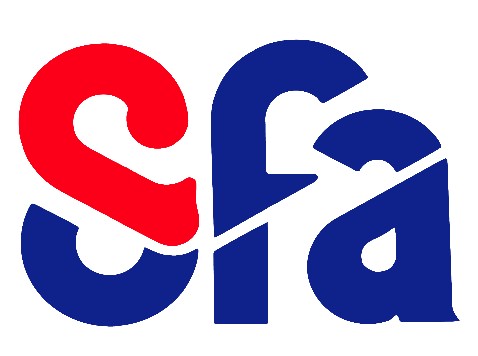Diffuse field absorption coefficient simulation of porous materials in small reverberant rooms: finite size and diffusivity issues
Résumé
Small reverberant rooms are usually used in the automotive industry, like the well-known Alpha Cabin, for diffuse field absorption coefficient measurements of porous materials. The advantage is that rather small flat samples are necessary here, typically 1,2 m by 1 m. Real parts can be measured as well, like engine hoods, in sufficient quantity close the 1,2 m² area. With a Schroeder frequency of 1250 Hz, the simulation of the Alpha Cabin is rather problematic. There are diffusivity issues in the middle frequency range that are varying with the level of absorption of the sample. Moreover, critical diffractions due to the finite size effects of the 1,2 m² flat sample occur and must be taken into account. Different simulation approaches of small reverberant rooms are investigated in this paper and compared to the large reverberant rooms situation (with 12 m² material in that case). The first approach, for solving the diffraction issues, consists in applying recent spatial windowing techniques combined with the efficient Transfer Matrix Method (TMM) for porous materials, sometimes called Finite Transfer Matrix Method (FTMM). The second approach, for solving the diffusivity issues, consists in modelizing the Alpha Cabin with the Ray-Tracing Methods with statistical prolongations and compare directly the reverberation times with measurements. In order to take into account both issues at the same time and potentially strong coupling between the porous domain and the fluid domain in the middle frequency range, a complete FEM model, as third approach, is built using poro-elastic finite elements with the (u,p) formulation. All simulation techniques will be compared with oneanother and correlated with measurements carried out in small and large reverberant rooms showing the advantages and limitations of each approach.
| Origine | Accord explicite pour ce dépôt |
|---|
Loading...


